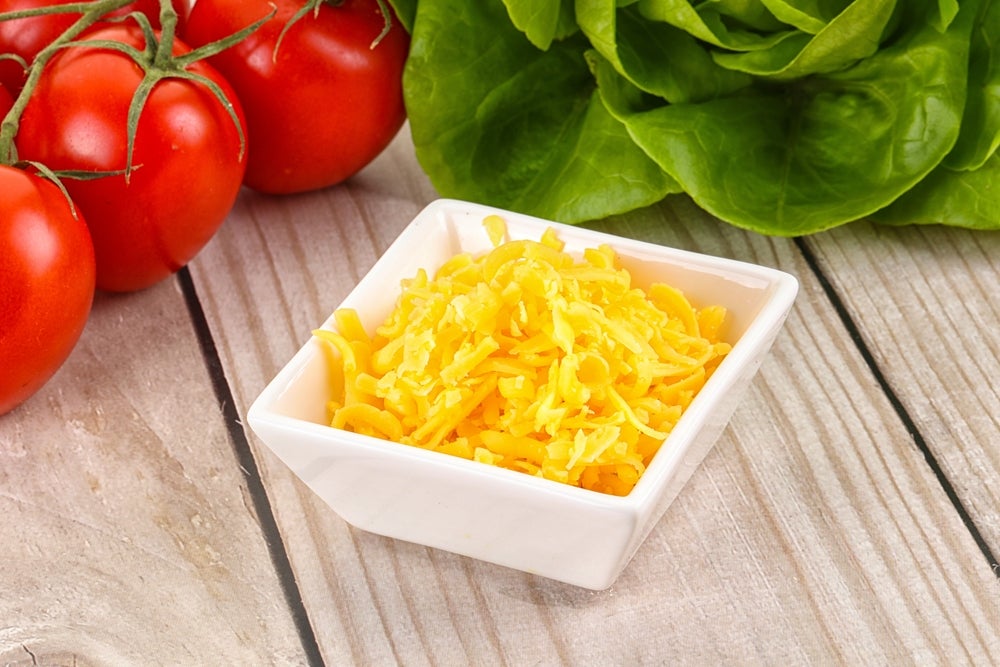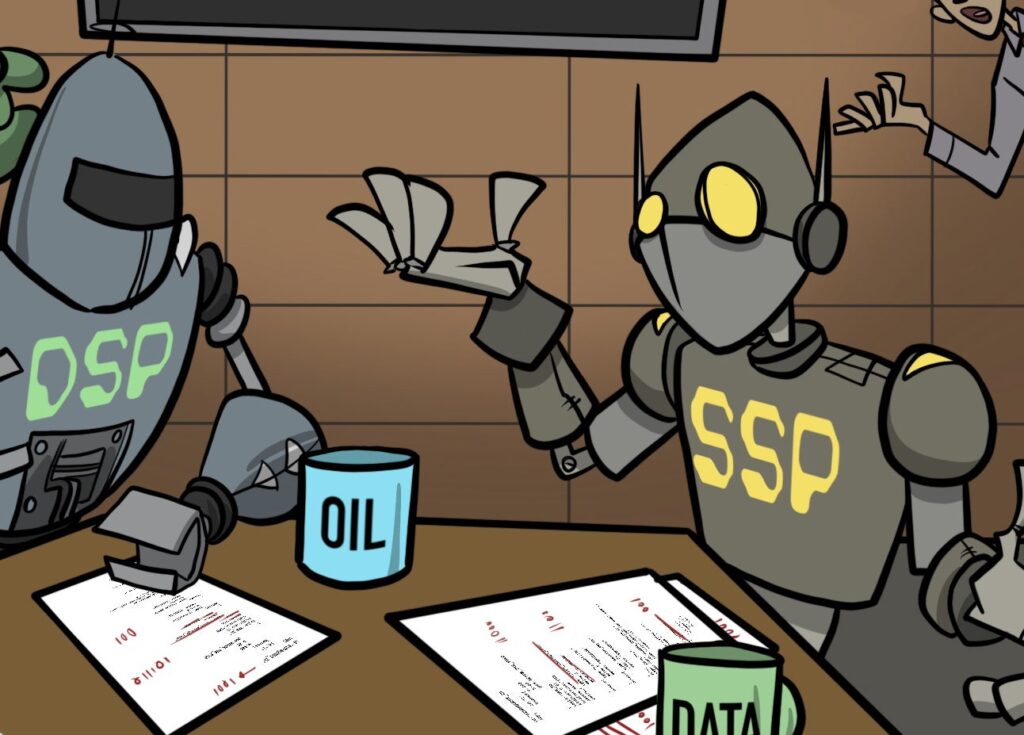It’s a scientific fact that our olfactory sense is the most profound memory trigger that we possess. It certainly is for me; Coppertone smells like summer, Old Spice Cologne smells like fathers, Pillsbury Cinnamon Rolls smell like Sunday, and Ivory Soap, well, everyone over 40 knows that Ivory Soap is what clean smells like. Decades ago, however, good old Ivory Soap also smelled like art.
Ivory Soap, like many of our oldest consumer brands, was created by a serendipitous error. One day in early 1879 at Procter & Gamble’s Cincinnati plant, the attendant in charge of the soap-stirring machine left for lunch and neglected to turn off the machine. Upon his return, he was appalled to see over-aerated soap mix overflowing its vat. He reported his mistake to his supervisor, who went ahead and processed the run. Within no time the company began getting enthused orders for “the soap that floats.” Mystified, the company investigated and traced the calls to the over-aerated batch.
P&G’s sales manager at that time was Harley Procter, son of the founding partner. He knew that the company had a fantastic new product and wanted a name that embodied its properties. One Sunday, his minister at Mount Auburn Episcopal read a passage from the Psalms: “All thy garments smell of myrrh, and aloes and cassia, out of the ivory palaces, whereby they have made thee glad.”
“Ivory” became the cornerstone of P&G’s empire.
In addition to sales, Harley was also in charge of advertising and promotion, for which P&G had budgeted just $1,500. In an 1881 partners meeting, Harley declared, “Ivory is the finest soap we have ever made, but how are customers going to know about its virtues unless we tell them?” The partners grudgingly approved a budget of $11,000.
In 1882, seeking to determine a standard for “pure soap,” Harley hired a chemical consultant who determined that ingredients other than fatty acids and alkali should be considered impurities. The analyst concluded that Ivory contained .56% “foreign and unnecessary substances.” Harley decided that the product should be marketed exactly as it had been analyzed: “99 and 44/100% pure.” And that’s just what P&G did … for the next 100-plus years.
In 1925, P&G hired Edward l. Bernays as its “Public Relations Counsel.” His first job was to launch a National Soap Sculpture Contest for Ivory. Early contests featured huge works rendered by professional sculptors using 500- to 1,000-pound blocks of soap. Among these carvings were a Willys Knight Car and a life-size bust of bandleader Paul Whiteman. For prestige, P&G enrolled many top sculptors and museum directors to sponsor, judge or endorse the program.
The logistics behind each year’s event were daunting, for not only did each of the thousands of annual entries have to be individually handled and labeled, they all had to be categorized and judged. Consider the 1935 contest: That year, there were 14 judges (including such artistic luminaries as painter Charles Dana Gibson and sculptors Alexander Archipenko and Gutzon Borglum), 22 members of the sponsorship committee and 39 members of the advisory committee. The sponsorship committee even included 12 members from five foreign countries.
This contest wasn’t judged in some windowless warehouse, either. The 1934 contest featured “nearly four thousand sculptures,” and drew over 28,000 spectators to New York’s Rockefeller Center that June. (Today’s sophisticated event marketing firms would be delighted to draw this kind of crowd to a fixed exhibit today.) And the total prize budget in 1935 was only $2,500 — spread out across 98 winners. The top cash prize was $250 for first prize in the “professional (for those of any age deriving their major income from art)” category. This worked out to nearly 11 weeks’ pay for the average worker of that era.
After a few years, however, the original concept grew stale. To invigorate the idea, P&G hired Raymond Service, Inc., a firm that specialized in contests and direct mail. Service assigned Henry Bern as account executive; he went on to become the heart, soul and conscience of the re-born sculpture contest for over 30 years.
Originally the contest had been open to carvers from “all walks of life, regardless of age.” But P&G decided to re-dedicate the contest exclusively to students from fourth to twelfth grade. Art classes, YMCA groups and scout troops embraced the contest as a way of giving art students a goal: to make it to the nationals “for the Procter & Gamble prizes.”
Still, P&G brands execs questioned how many young people practiced soap sculpture and would participate in the contests. Early on, the judges received only 200 to 300 entries annually; this gradually increased to a high of 8,000 entries. The norm for most of the promotion’s run was between 2,500 and 3,000 entries. But these numbers only represent what was submitted for national judging, and not locally. As Bern noted to P&G marketing executives in an archived memo, “We have known of instances where schools carved hundreds of pieces, but submitted only one or two.” Bern goes on to note, “There was easily an annual consumption of a million cakes of soap.” He neglects to mention that all of this contest-specific consumption was at full retail price and, of course, superseded any soap purchased for normal household use.
World War II stopped the contest from 1942 to 1947 as soap became rationed, but P&G had it back up and running again in 1948. The first postwar contest awarded prizes in 74 categories, with prize money increased to $25 to $250.
P&G ended the contest in 1961, saying the brand would “spend the $50,000 a year better in some other ways.” What better way? Whether you classify the contest as an educational event or an experiment in everyman’s art, the fact remains that over its 31-year run, millions of consumers were exposed to sculpting hands-on. In the process, P&G realized tens of millions of bars of incremental Ivory sales, to say nothing of increased loyalty and awareness. (Contestants were not required to use Ivory soap — but every other product flaked or powdered, while Ivory could be “shaved.”)
Henry Bern summarized the contest’s real legacy best in a 1959 letter to P&G public relations:
“Our most prolific contestant was one Edward Anthony. All his work was beautiful. He originally started soap sculpture at 14 (today, he’s about 35) … No one ever had to point out his work … I could without a moment’s hesitation pick out his pieces with nothing to identify them except the work itself … Today, he is Director of Art [in the] Public Schools [of] Detroit; enjoys a fine reputation as an artist — both painting and sculpting — and is a member of our Jury of Award.”
Rod Taylor is senior VP of promotions for CoActive Marketing and a frustrated soap carver from his youth. Send your feedback to rtaylor@getcoactive.com. (Special thanks to P&G’s nonpareil corporate archivist Ed Rider and his staff for their assistance on this story.)
Superlatives in Soap
TALLEST a replica of New York’s Empire State Building
MOST MUSICAL a forty-piece orchestra, each individually carved
HOLIEST a Nativity scene and historic temples and buildings
BIGGEST Lord & Taylor’s use of carved slabs as a decorative background to three large window displays
MOST PATRIOTIC three soldiers from famous “Spirit of ’76” painting
BEST LIKENESS portrait busts of Woodrow Wilson, William Howard Taft and Charles Evans Hughes
MOST DETAILED a ceremonial sword, complete with scabbard, each three feet long, with carvings running top to bottom, front and back
MOST FAMOUS a carving of a Scotty dog by well-known cartoonist John Peck, which he made famous as a character in his cartoons



